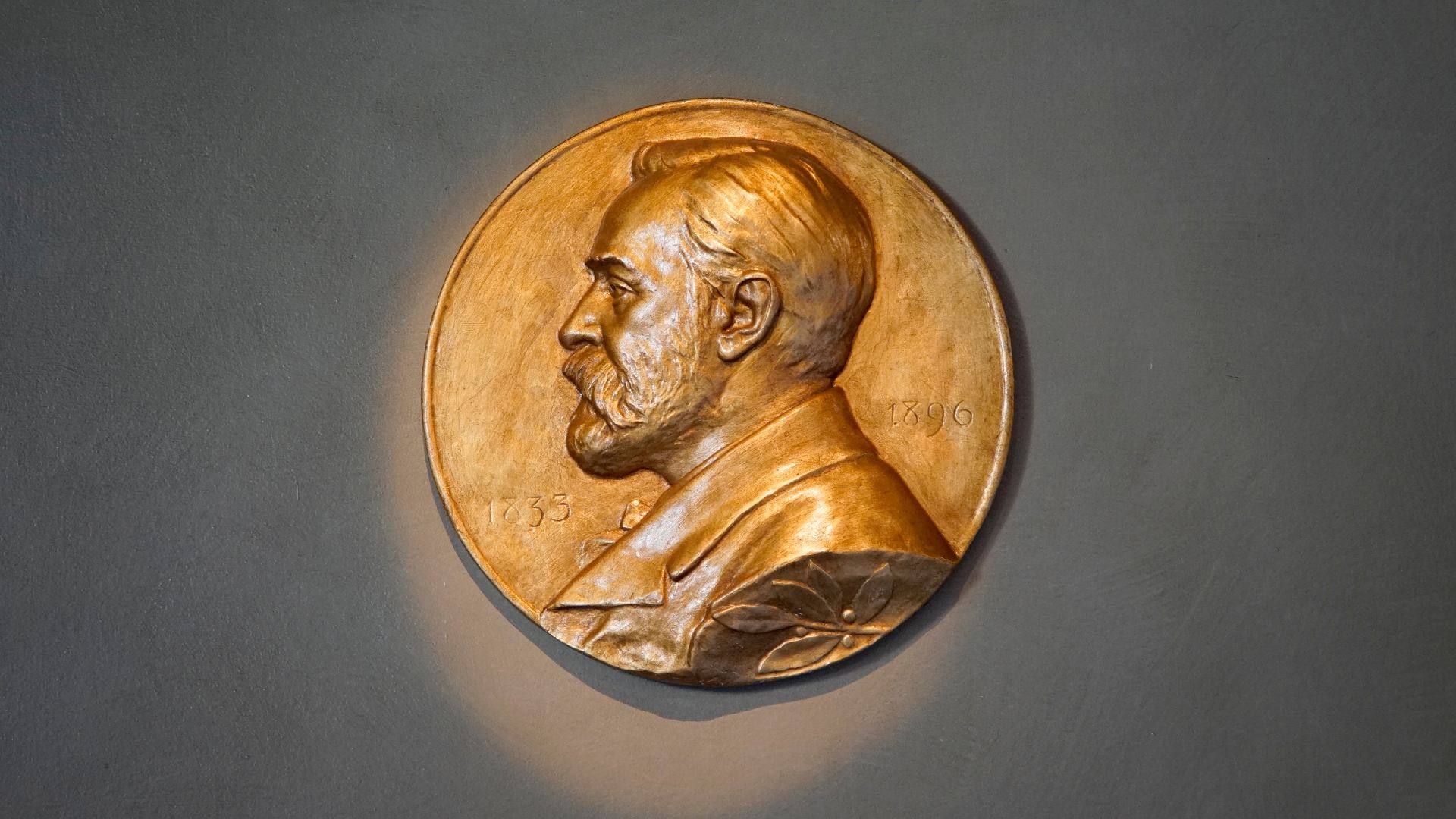Longtime collaborators, Daron Acemoglu, Simon Johnson, and James Robinson, were awarded the 2024 Nobel Memorial Prize in Economic Sciences “for studies of how institutions are formed and affect prosperity.” I have read some of their work and have found much of it to be insightful.
One of their most popular books, Why Nations Fail: The Origins of Power, Prosperity, and Poverty, written by Acemoglu and Robinson, argues that the prosperity of nations hinges on their political and economic institutions rather than other factors such as, geography, culture, endowed natural resources, and so on. Inclusive institutions, which promote property rights, rule of law, and the provision of public services to most people, are at the heart of economic prosperity. In contrast, extractive institutions concentrate power and wealth in the hands of a few and are bad for economic growth. The book highlights several historical examples and makes the case for inclusive institutions as the driver of sustainable economic development.
The popularity of the book has resulted in many experts and lay people summarizing–and simplifying–the problem of economic development as one of good (inclusive) or bad (extractive) institutions. Good institutions resemble those in rich and Western countries while bad institutions resemble those in other parts of the world that aren’t so rich and Western. But there are several big problems with the big idea of institutions as the driver.
Consider China. By almost any measure, China’s meteoric five decades of growth, responsible for catapulting more than one billion people from poverty, has happened under what most people would call “extractive” institutions. In Why Nations Fail, Acemoglu and Robinson argue that China would not be able to sustain its economic growth because it lacks inclusive institutions. Since the book’s publication in 2012, China’s GDP has more than doubled from approximately $8.3 trillion to almost $18 trillion. Not only is China the second largest economy in the world, but it is also leading the world in the development and use of several products and services including electric vehicles and e-commerce. Indeed, when asked, Acemoglu said China presented “a bit of a challenge” to their argument.
This is important because anomalies matter.
Clay Christensen, my late mentor and teacher, described the process of doing good research as one where researchers welcomed anomalies. Anomalies help us develop stronger theories. For instance, in mankind’s attempt to fly, early researchers observed a strong correlation between flight and having feathers and wings. Stories of men attempting to fly by strapping on wings date back hundreds of years. They were replicating what they believed allowed birds to soar: wings and feathers. Possessing these attributes had a high correlation with the ability to fly, but when humans attempted to follow what they believed were “best practices” of the most successful fliers by strapping on wings, then jumping off cathedrals and flapping hard… they failed. The mistake was that, although feathers and wings were correlated with flying, the would-be aviators did not understand the fundamental causal mechanism that enabled certain creatures to fly.
The real breakthrough in human flight didn’t come from crafting better wings or using more feathers, even though those things are good things. It was brought about by Dutch-Swiss mathematician Daniel Bernoulli and his book Hydrodynamica, a study of fluid mechanics. In 1738, he outlined what was to become known as Bernoulli’s principle, a theory that, when applied to flight, explained the concept of lift. We had gone from correlation (wings and feathers) to causality (lift). Modern flight can be traced directly back to the development and adoption of this theory.
Similarly, good institutions are correlated with economic prosperity but are not the cause of it. It is important to ask: from where did inclusive institutions emerge and how can today’s poor countries practicing democracy pay for these institutions? It’s one thing to say a country should build good institutions, but quite another to provide practical ways to do it. In this piece, I wrote about how the average African government spends approximately $500 per person annually, while other countries such as Norway and Sweden spend more than $30,000 per person. What practical ways can the average African government create better institutions?
Another point that’s often left out in the good institutions discourse is this: many of today’s wealthy countries didn’t have “inclusive institutions” when they were growing. In her book, China’s Gilded Age: The Paradox of Economic Boom and Vast Corruption, the political economist Yuen Yuen Ang writes about the similarities between China’s market building institutions and the United States’. She makes clear that there is a difference between market building and market sustaining institutions. Mixing the two will do poor countries no good.
Until the widespread adoption of a better explanatory theory on how to create economic prosperity, unfortunately countries will struggle to build good institutions.



